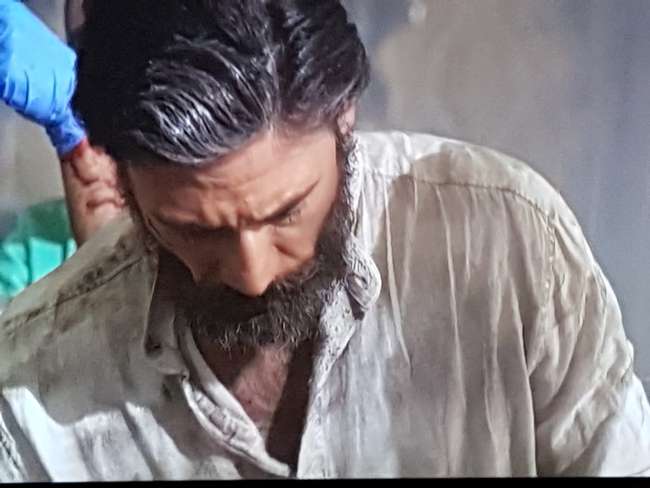Don Curry and the Palace Monkey
Გამოქვეყნდა: 17.01.2017
Გამოიწერეთ Newsletter
Don Curry is freezing. While palace hotels with their fairytale architecture, unique charm, and the feeling that a brightly dressed dance group may emerge from the next courtyard at any time to recreate a scene from any Bollywood film can be delightful, they do have one major drawback: they have no heating! With their high ceilings, they promise pleasant cooling in the summer, but in the winter, this promise turns into a literal shivering threat.
Mr. Sanjay was ready at 9:00 am, and Don Curry had to leave his magnificent temporary residence at the dreamlike Nahargarh Hotel. The jacket and passport were not there yet, they are supposed to be transported directly to Agra, Mr. Sanjay knew. Since today's itinerary doesn't have any specific program, Don Curry had to add two excursions on the way for $50.
The first stop was the small town of Abhaneri, where the largest surviving stepwell in India is located - a truly amazing structure. To supply the entire town with water during the long dry season, a huge 20-meter deep hole was dug into the ground. To ensure that the thirsty people can reach the precious water at any water level, the four walls of the 'hole' were completely equipped with artistically arranged stairs. Don Curry had never seen anything like it before.
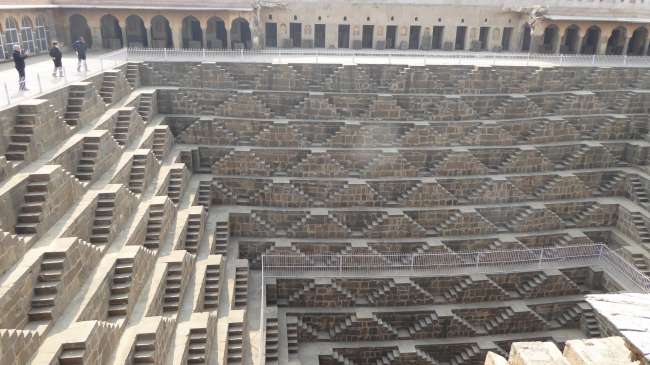
The structure combines practical use with breathtaking aesthetics. A nearby ancient temple is inhabited by a family of goat herders with their animals, which also leaves quite extravagant impressions
The second destination was also breathtaking and extravagant: the garden palace of Deeg. This true jewel of the Jat Dynasty is hidden amidst a rather inconspicuous small town. Limited by two huge artificial water tanks, these enemies of the late Mughals created an extensive garden that could easily rival the best Mughal gardens in splendor and beauty.
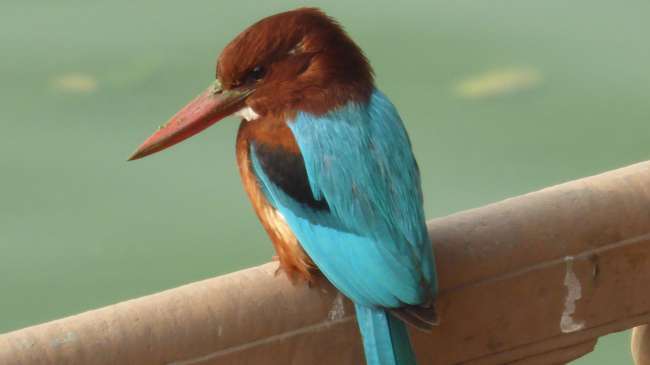
But it is not only flowers, trees, and monuments that adorn the grounds, the Jats also built a series of elaborate palaces and pavilions. The entire garden is also equipped with hundreds of fountains, which are still put into operation once a year.
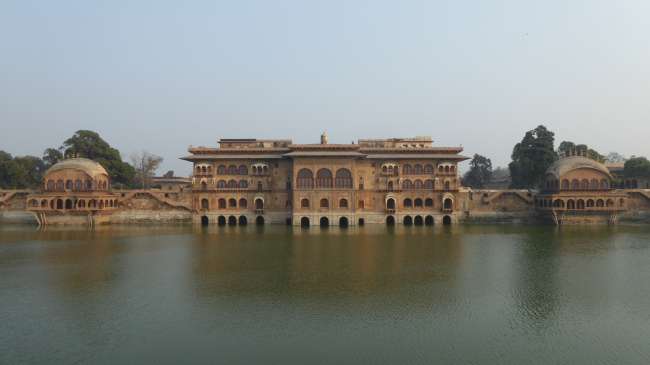
While some of the palaces are used as museums, others are crumbling. But exploring and researching them gave Don Curry particular pleasure. One of them was particularly richly decorated with mosaics and fading frescoes, but it was precisely in this palace that Don Curry had a very unique encounter. He had been hearing footsteps in the vicinity for some time, slowly moving away from him, but then approaching again. Suddenly, a large macaque crossed his path, looked briefly at Don Curry, and simply continued on. Did it wink? The whole scene somehow seemed surreal: a decaying palace in which a monkey takes care of everything. Salvador Dali would surely have created a memorable work from this subject. All Don Curry could do was marvel, he was too perplexed to take any photographs.
After this second extra tour, there was only the drive back to the hotel. Once again, the Indian travel agency had selected something exclusive for Don Curry. In the early 20th century, the Maharaja family of Bharatpur had built a small palace on the outskirts of the city as a guesthouse. In the meantime, this had been converted into a hotel, and a larger, modern palace building had been added 100 meters away as an extension. Don Curry was accommodated in a particularly large room in the former guesthouse and shared his four walls with numerous photos of the then Maharaja and his guests from all over the world. Overall, this hotel did not appear as perfectly kitschy as Nahargarh, but it exuded much more character. The beautifully painted dining room was located in the modern annex palace and offered a varied buffet.
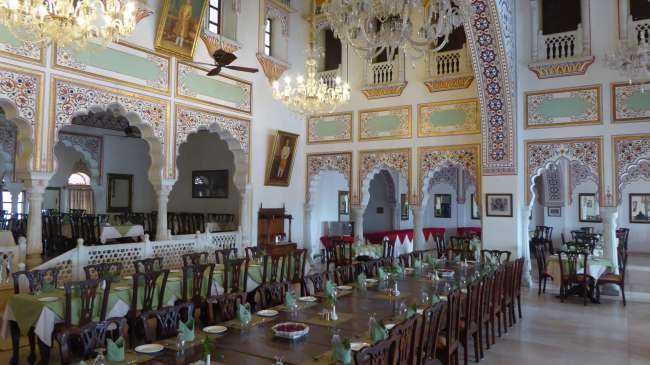
Back in the room, despite all the satisfaction, Don Curry felt one thing above all: it would be another cold night. A small electric heater in the room served more as background noise than as a source of warmth. How could it be so cold in India...
Გამოიწერეთ Newsletter
Უპასუხე
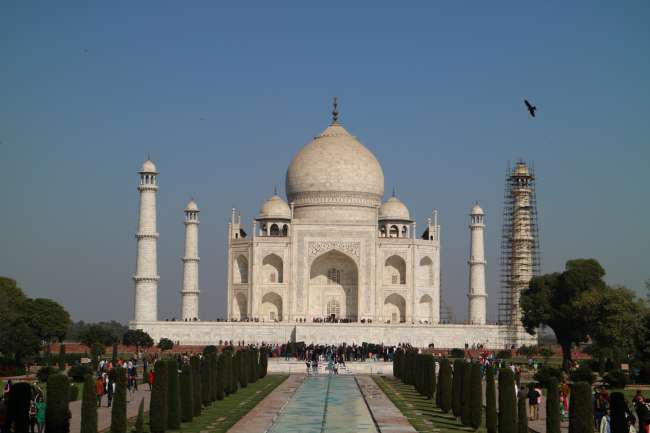
Მოგზაურობის ანგარიშები Ინდოეთი

